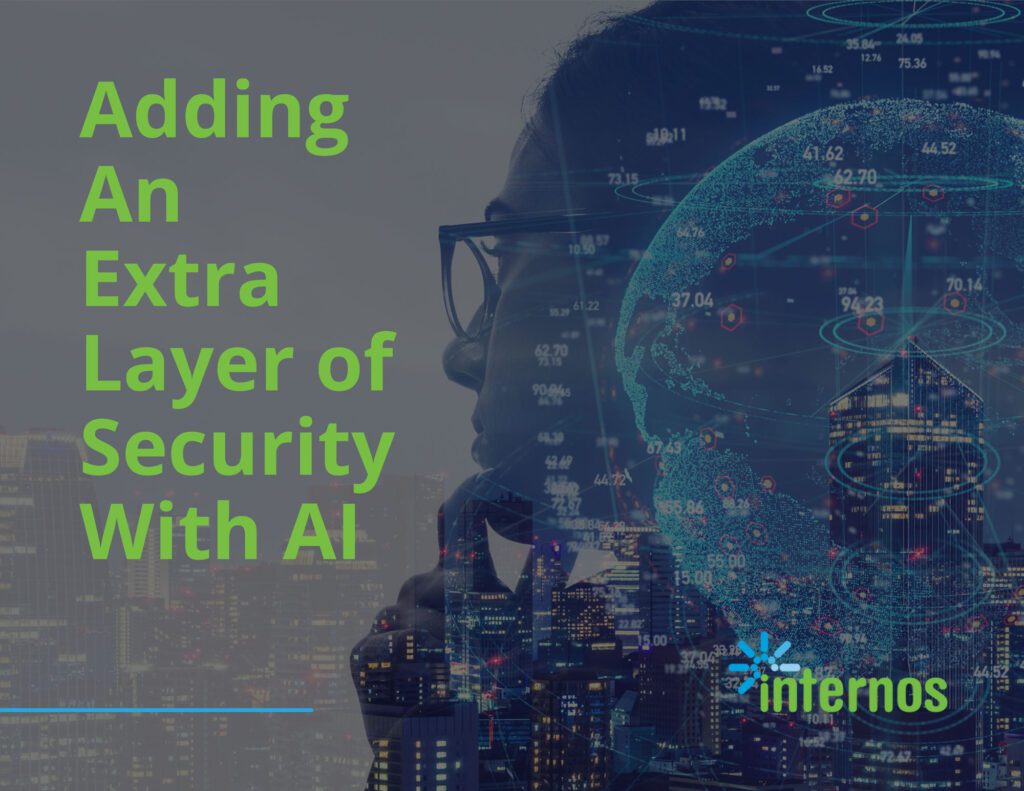AI Technology As a Cyber Threat
The success rate of Columbia University researcher’s AI tool designed to crack Google’s reCAPTCHA systems.
The AI phishing success rate ZeroFox researchers achieved with an AI phishing tool across Twitter users
$1.57 trillion
The estimated economic impact of AI by 2030.
How long it typically takes before a cyberattack is detected.
How Else Can Cybercriminals Get My Data?
Cybercriminals constantly devise new and sophisticated methods to steal your data, infiltrate your network and disrupt your business operations. At Internos, we understand the importance of staying informed about the latest cyber threats to safeguard your organization.
Here are just a few examples of the threats you need to be aware of:
- Drive-by attacks. These stealthy attacks go unnoticed, infecting your system simply by clicking on a link or visiting a website. The malware operates silently in the background, siphoning data for future malicious activities.
- Malicious software (malware). Malware comes in various forms, including ransomware, viruses, trojans and worms. Each poses a unique threat to your organization's security.
- Man in the middle (MITM). Cybercriminals insert themselves between users and servers, gaining control and impersonating your identity. This allows them to intercept data or access other servers and applications to harvest valuable information.
- Phishing. Deceptive emails, text messages (smishing) and phone calls (vishing) trick recipients into clicking malicious links or opening attachments, leading to data theft or system infections.
- Distributed denial of service (DDoS). Attackers target websites, networks, servers or computers with the intent of rendering them offline, causing significant disruptions to your business operations.
These are just a few examples of cyber threats, and hackers continue to innovate with new methods. Our guide is your trusted resource for staying one step ahead of cyber threats.
We provide valuable insights, best practices and the latest strategies to bolster your cybersecurity defenses. Don't wait until it's too late – arm yourself with the knowledge and tools to protect your organization.
Get Your AI Technology Guide
Just complete this short form.

